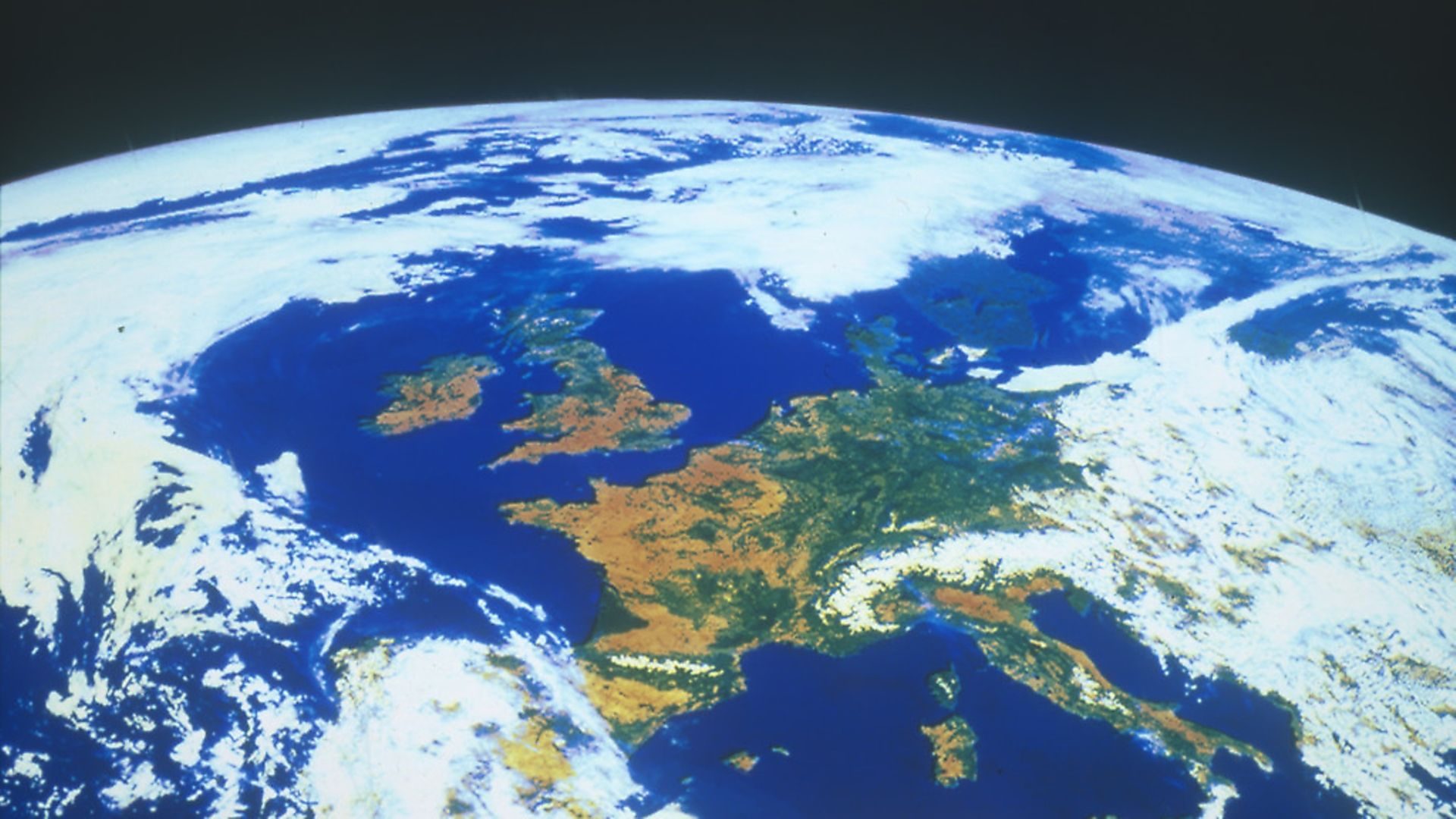Shout out to Jonathan McDowell, originally from this little patch of heaven, but for some time now a specialist at Harvard University in the study of the heavens more generally. According to him, the anticipated crash of the redundant second stage of a SpaceX Falcon 9 rocket on to the dark side of the moon in early March is “interesting, but not a big deal”. McDowell posted this fatuous remark on Twitter – where else – where it was picked up by The
Guardian.
The rocket had been used in 2015 to transport a satellite out to the so-called Lagrange Point: a gravity-neutral zone some four times further away than the Moon is from the Earth, and in a direct line to the sun. Thereafter, without enough fuel to return to earth, the big four metric tonnes of space junk entered a chaotic orbit – until now: on March 4, if the calculations of McDowell and his colleagues are right, the old rocket will plough into the Moon’s surface at around 9,000 kilometres an hour.
It’s no big deal for the space scientists because impacts of this sort are interesting when they kick up debris that can be analysed by spectroscopy and other techniques; but they pretty much know all there is to know about the composition of the Moon already, so this, the first recorded instance of detritus from Earth landing on another heavenly body, isn’t remotely exciting for them.
However, for the non-nerd this is surely a big event: humankind’s first act of celestial littering – and I like to imagine that in some distant future, boldly going explorers from some far-off alien civilisation, perhaps accompanied by their own McDowell, will discover the remains of Elon Musk’s priapic ambition and see it for what it truly is: a giant tin can, crumpled up and chucked on the side of the road.
More imaginative thinkers have already been there: Boris and Arkady Strugatsky, the extraordinary Russian science-fiction-writing brothers, who collaborated throughout their careers, published Roadside Picnic in 1977. In it, the aftermath of a four-day event known as “the Visitation” sees some of the residents of the four affected areas become “stalkers”: scavengers who enter the contaminated zones to recover from them artefacts left behind by the aliens. These objects are so advanced, technologically, that to humans they are magical – but as one character in the novel analogises, hypothesising their possible origins as the detritus left behind during the aliens’ eponymous rest stop, to the visitors they were simply: “Old spark plugs and old filters strewn around… Rags, burnt-out bulbs, and a monkey wrench left behind… And of course, the usual mess – apple cores, candy wrappers, charred remains of the campfire, cans, bottles, somebody’s handkerchief, somebody’s penknife, torn newspapers [and] coins.
The Strugatskys’ novel has been adapted many times – most notably by Andrei Tarkovsky as the film Stalker. Tarkovsky makes the zone visited by the aliens a sort of transcendent realm, where the spiritual and the prosaic
intersect. In its heart, there lies a mystical room – like the cave of the Sybil – in which, if you ask, you will receive answers to the most profound questions.
Stalker was released in 1979 – and the Chernobyl disaster, seven years later, seemed by many to have been foreshadowed by the film: an exclusion zone was created around the devastated reactor, into which real-life stalkers began to infiltrate, taking post-apocalyptic adventurers to see the remains of Chernobyl Reactor Hall No. 4.
I went there myself, when writing an article about the disaster to mark its 25th anniversary in 2011, and found in the abandoned city of Pripyat evidence of others who had come before me, conscious of this parallel between science fact and fiction. Indeed, from Chernobyl bodied forth the
entire vogue for a sort of post-apocalypse-now tourism, as people began to explore the ruins of everywhere from Detroit to Svalbard.
Many people find such activities distasteful – a sort of revelling in the dystopic downside of human technological advances. But surely everyone needs to understand this much: any civilisation that is quite so profligate with its resources is already entering a very toxic zone indeed.
As to the payload of that SpaceX launch back in 2015 – it’s a satellite that carries the instruments necessary to detect solar magnetic storms that could be highly disruptive to the sort of heavily tech-dependent life currently lived on Earth.
Some might see all of this as evidence of Progress with a capital “P”, but to me, it just seems part of some sort of eternal go-round, and so, frankly, no big deal.



